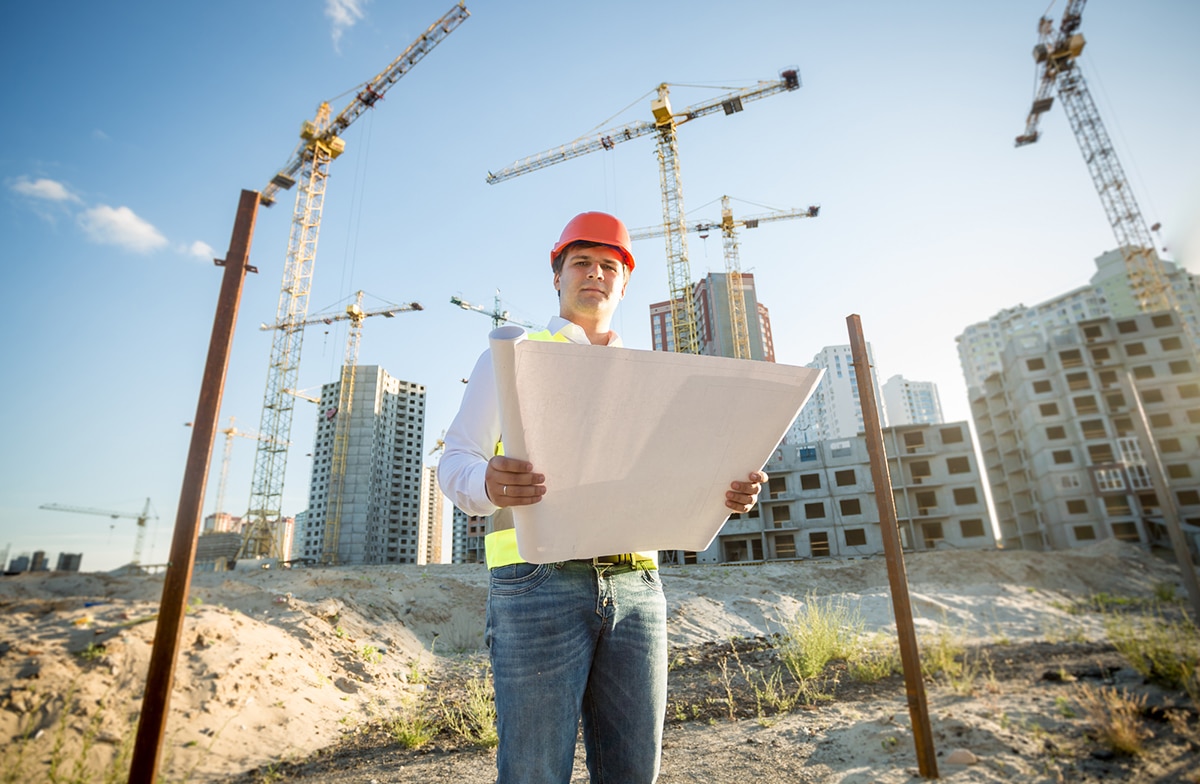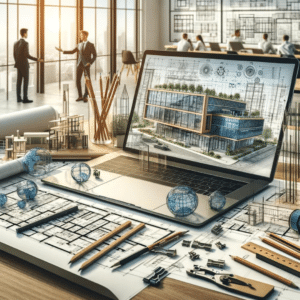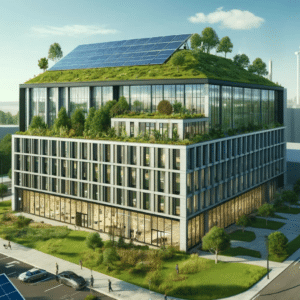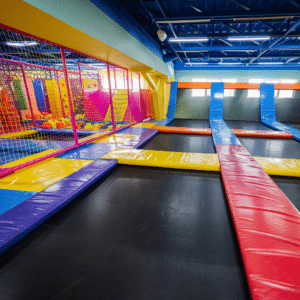With the pandemic came constraints on the supply chain that ultimately affected many aspects of our lives. Resources have seen increased limitations including affordable housing. There is a shortage nationally of over 7-million affordable homes for low-income families. Solving this crisis will take a significant act of policy change and infrastructure development. Retrofitting existing buildings for affordable housing is a solution for a small subset of the change needed.
Thousands of buildings sit vacant across the nation with hopes of being reimagined and reused. With the right developer and architect, these buildings can be redesigned to maintain their historical significance while offering a multi-use, residential, or retail need.
Community leaders and government officials should take a new look at the abandoned buildings in their towns and cities to imagine a new, fulfilling purpose.
What is one solution to the affordable housing crisis?
Retrofitting existing buildings for affordable housing use is a potential solution to some of the affordable housing crisis. With the proper funding and design team, these once not utilized or underutilized buildings can become home to thousands of families.
Finding The Potential In Abandoned Buildings
Not all buildings can be saved. Some are far past their life cycle or have been heavily damaged from years of neglect and are better demolished and built back new. For many buildings, however, their exterior facade and interior structure are still structurally sound. These are the perfect candidates for a building restoration or retrofit.
Building retrofits are typically less expensive than a complete new build. As some of the building elements can be salvaged and reused, a developer will save money in material and labor costs. It is important to scope a potential retrofit project for unknown repair costs. Buildings that contain asbestos, lead, or other unsafe materials will rack up large abatement bills.
Repurposing existing buildings not only has a monetary benefit, it is better for the environment. Reusing existing materials and updating energy systems throughout the building offers a “green” approach to these revitalization projects. Many abandoned buildings also have a historical significance to a local community.
Retrofitting Existing Buildings For Affordable Housing
Whether it is a large abandoned factory building or a small 3-story walk-up, our country is full of buildings looking for a new purpose. A developer can work with an architect to scope out the right building for a residential project and create a design that honors the community. Maintaining the original exterior facade and the story of the building is often important to the local residents.
Beyond the look and finishes of retrofitted buildings, a proper design will look into the overall energy cost and consumption. To reduce energy costs and the carbon footprint of repurposed buildings, a retrofit of the building envelope and mechanical systems is in order. New HVAC, electrical, and plumbing systems will offer greater energy efficiency for developers and landlords which are ultimately passed down to the low-income tenants.
Beginning A Building Retrofit Project
Are you a developer or public official hoping to bring positive change through retrofitting to your locality? We can help! To learn more about how we can specifically help you or your local community, schedule a time to chat with us today!








